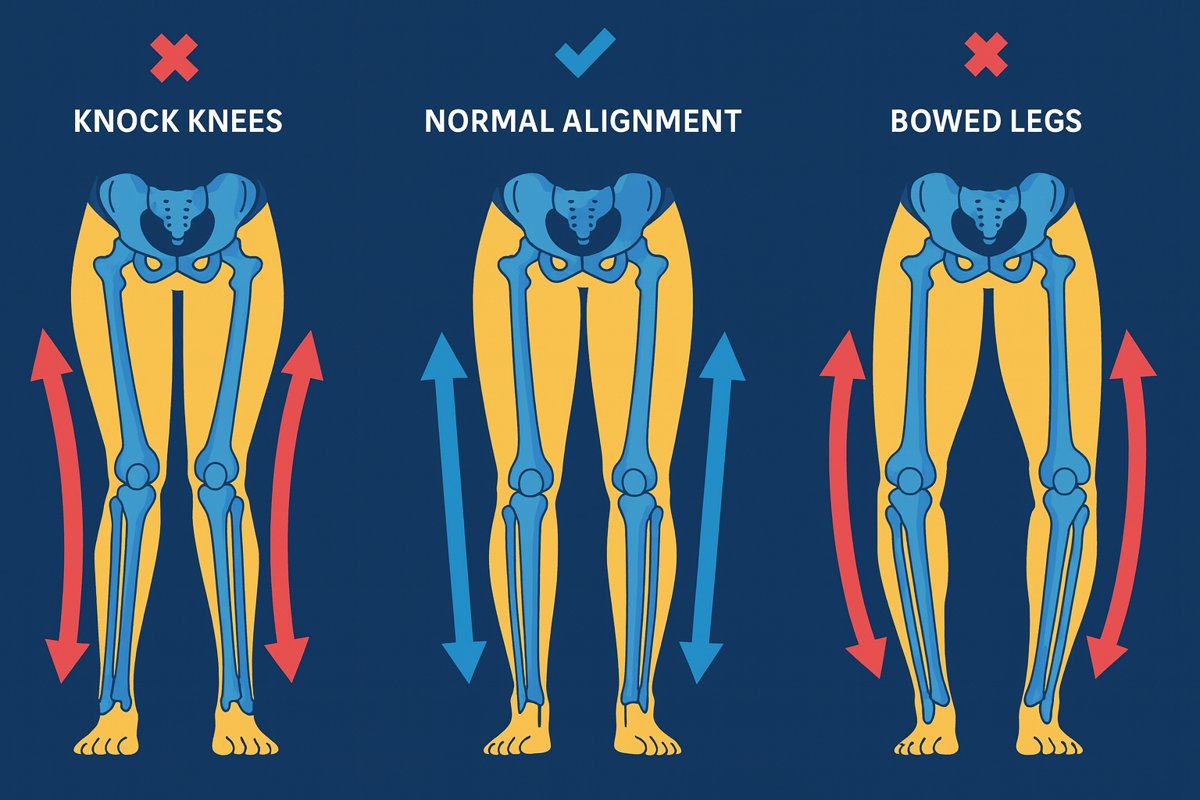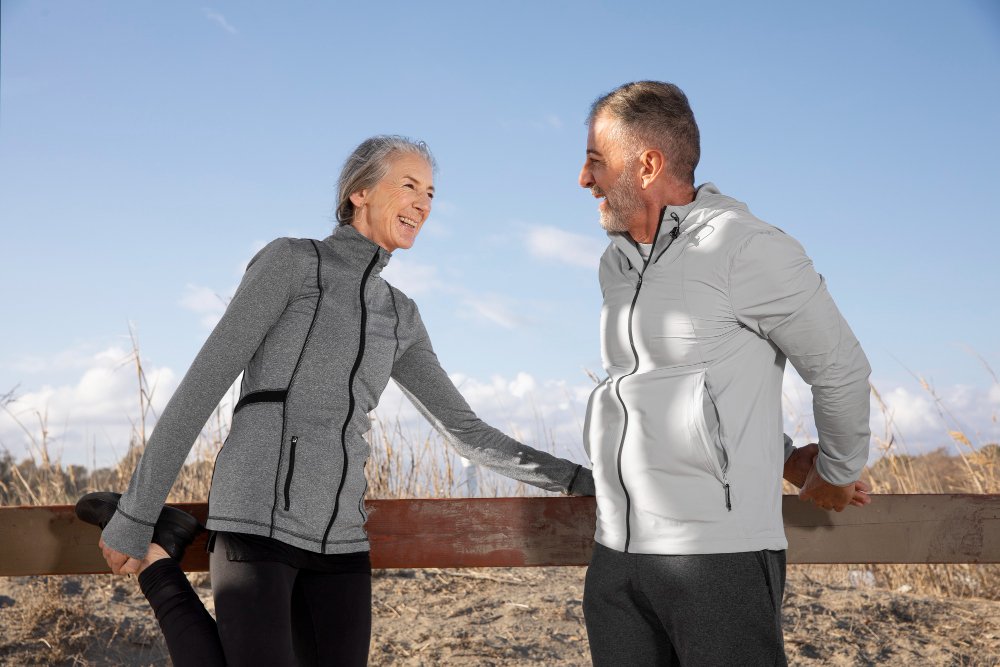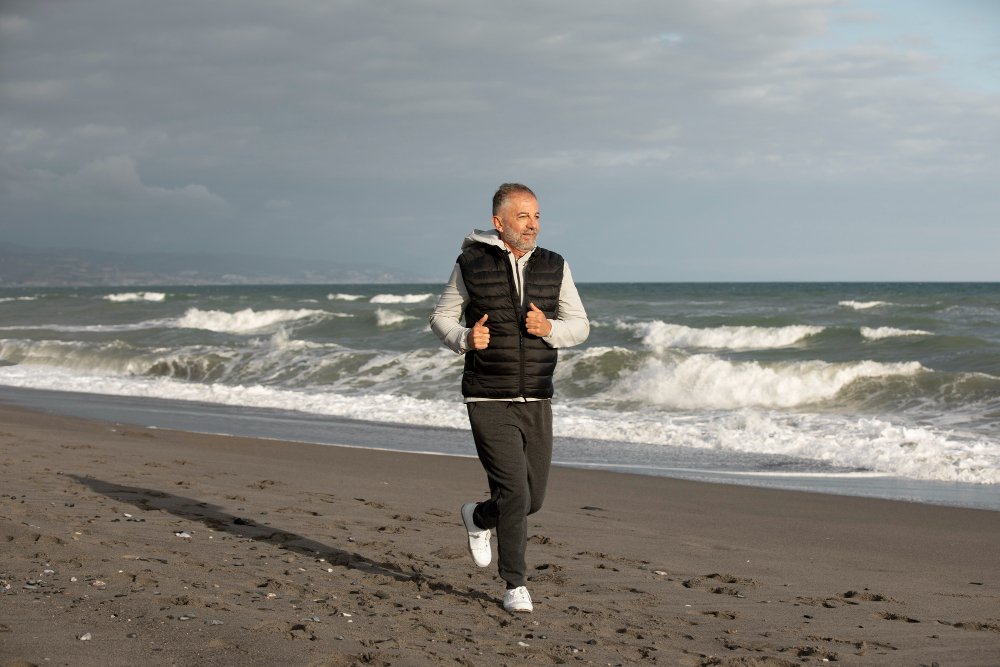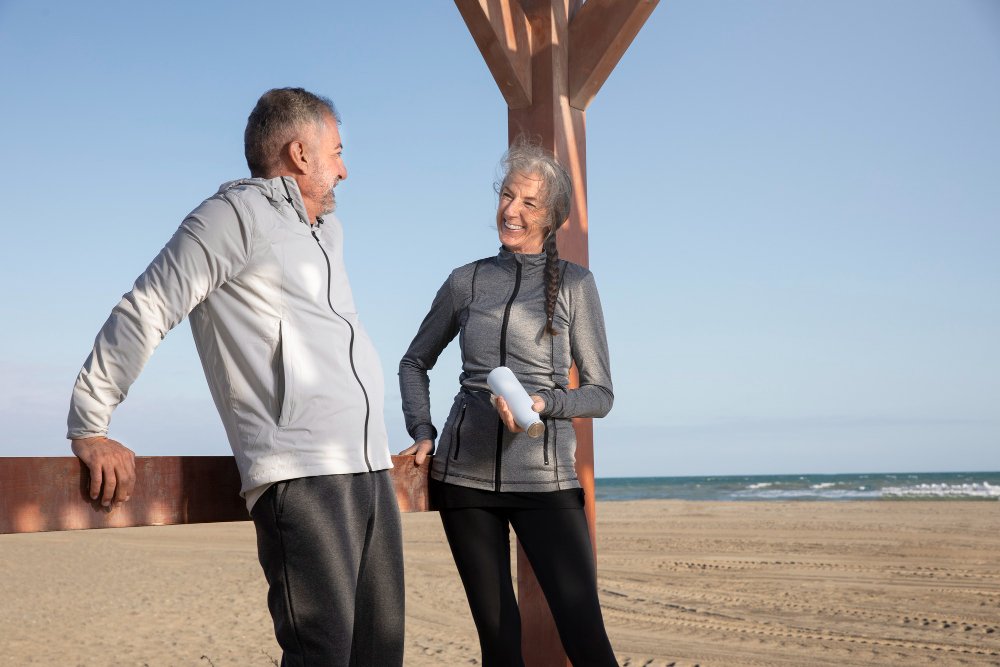Knock Knees (Genu Valgum): What You Need to Know

Knock knees, medically called genu valgum, occur when your knees touch but your ankles stay apart. This inward angle of the legs may look harmless, but in adults, it can lead to serious knee problems over time.
While it’s often a normal part of childhood growth that corrects itself, persistent knock knees in adults can shift your body’s weight unevenly, placing more stress on the outer (lateral) part of the knee joint.
Key facts about knock knees:
- Common in young children and usually resolves naturally by age 7
- In adults, often caused by arthritis, past injuries, muscle weakness, or excess weight
- Misalignment causes cartilage on the outer knee to wear down faster
- Increases the risk of developing knee osteoarthritis, especially on one side
- May lead to pain, stiffness, balance issues, and difficulty walking over time
When left untreated, knock knees can speed up joint damage and lead to early arthritis or even joint replacement. The uneven pressure across the knee joint affects how you move and can limit daily activities like walking, standing, or climbing stairs.
Getting help early can protect your knees. Non-surgical options like physical therapy, bracing, orthotics, and weight management may reduce strain and slow cartilage wear—helping you stay active and avoid more invasive treatments later.
What Are Knock Knees?
A person with knock knees stands with their knees together and a gap between their ankles. When a straight line is drawn from the hip to the ankle, it passes outside the knee instead of through the joint.
In contrast, a normally aligned leg has the hip, knee, and ankle on the same line. Knock knees are the opposite of bowlegs (varus deformity), where the knees bow outward and the ankles come together.
Causes of Knock Knees
Childhood Causes
- Normal development: Many toddlers between the ages of three and five have mild knock knees as part of normal growth. Most outgrow it by age seven.
- Nutritional rickets: A vitamin D or calcium deficiency can weaken bone and cause deformities.
- Kidney‑related rickets: Kidney disease may disrupt calcium and phosphate balance, leading to bone problems.
- Idiopathic genu valgum: In some adolescents, the cause is unknown.
Adult Causes
- Injury or infection: Trauma or infection that damages the growth plates can leave a residual deformity.
- Arthritis: Osteoarthritis or rheumatoid arthritis can erode cartilage and change joint alignment.
- Obesity and muscle weakness: Carrying excess weight or having weak hip muscles strains the knees and may lead to valgus alignment.
Signs and Diagnosis
Common signs of knock knees include:
- Knees touching while ankles remain far apart.
- One knee moves forward to compensate when you walk or stand.
- Difficulty maintaining balance or instability during movement.
- Knee pain, especially on the outer side.
A healthcare provider will examine your alignment while you stand and walk. They may measure the distance between your ankles when your knees are together.
Imaging tests, such as a standing X‑ray, help determine where the deformity is located, whether in the femur (thighbone) or tibia (shinbone). It is important to distinguish true knock knees from flexible feet or hip rotation that mimics the appearance.
Knock Knees and Knee Arthritis
When your knees angle inward, as with knock knees (genu valgum), your body weight no longer moves evenly through the knee joint. Instead, more pressure is placed on the outer (lateral) compartment of the knee.
Over time, this uneven load causes the cartilage on that side to wear down more quickly than the inner side, leading to joint damage and pain.
As the protective cartilage thins, bones may start to rub together — a key feature of osteoarthritis. Adults with knock knees are at higher risk of developing arthritis, especially if the condition is not corrected early.
Common signs that knock knees may be contributing to knee arthritis include:
- Swelling around the outside of the knee
- Stiffness after sitting or resting
- Grinding or popping sensations inside the joint
- Pain that worsens during walking, standing, or climbing stairs
- Decreased range of motion or knee instability
If left untreated, this joint damage can become severe enough to require surgical intervention. However, identifying and managing knock knees early can help reduce stress on the joint, relieve pain, and in some cases, delay or avoid the need for total knee replacement.
Whether you’ve noticed changes in your knee shape, increasing pain, or difficulty with daily movements, it’s worth having your alignment evaluated by a professional. The sooner treatment begins, the better your chances of protecting your knee from long-term damage.
Conservative Treatments and Lifestyle Changes

Maintain a Healthy Weight
Excess weight increases the load on the outer knee. Gradual weight loss reduces pressure on cartilage and slows disease progression.
Strengthen Muscles
Exercises that strengthen your quadriceps, hamstrings, and hip abductors help stabilize the knee. Simple activities include:
- Side‑lying leg lifts: Strengthen the hip muscles that keep knees aligned.
- Hamstring stretches: Improve flexibility and relieve tightness behind the thigh.
- Step‑ups: Strengthen quadriceps while improving balance.
A physical therapist can tailor a program for you. Incorporating low‑impact activities like swimming or cycling builds endurance without overloading the knees.
Supportive Shoes and Orthotics
Worn‑out shoes or poor arch support can worsen knock knees. Use shoes with good cushioning, stability, and built‑in arch support to help reduce stress on the knee alignment.
If needed, orthotics (custom or over‑the‑counter) can correct flat feet or overpronation. These devices help distribute forces more evenly across the knee and reduce strain on the outer side.
For more guidance, check our article on best shoes for knee pain, which explains features to look for in knee‑friendly footwear and how to choose the right pair.
Knee Braces
A hinged knee brace or unloader brace can provide stability and redirect weight to the healthier side of the joint. For information on comfortable braces designed specifically for arthritic knees, read the knee brace for pain relief page on our site.
Nutritional Support
Healthy cartilage relies on anti‑inflammatory nutrients. A diet rich in fruits, vegetables, lean proteins and omega‑3 fats may help. Supplements like glucosamine and chondroitin may provide additional joint support. Explore more options on our arthritis supplements page.
Medical and Surgical Options
When conservative measures do not adequately control pain or slow deformity, medical treatments may be considered.
Viscosupplementation
For knees with osteoarthritis, viscosupplementation injections can replenish joint lubrication and relieve pain. These gel‑like injections cushion the joint and may improve mobility. Learn more about this therapy on our viscosupplementation page.
Platelet‑Rich Plasma (PRP) Therapy
PRP involves injecting concentrated platelets from your own blood into the knee. Growth factors in platelets may stimulate tissue repair and reduce inflammation. For more details on this regenerative option, see our platelet‑rich plasma therapy page.
Realignment Surgery
In advanced cases or when pain is severe, an osteotomy (cutting and realigning the bone) can correct the mechanical axis and offload the affected compartment. This procedure is most effective in younger, active patients without end‑stage arthritis. If arthritis is widespread, partial or total knee replacement might be the only option.
Preventing and Managing Arthritis Risk

- Stay active: Low‑impact activities such as walking, swimming or stationary cycling help maintain joint health without excessive strain.
- Maintain muscle balance: Strengthening and stretching leg muscles keep the joint aligned and reduce pressure on cartilage.
- Avoid prolonged kneeling and squatting: These positions increase stress on the knee and can speed cartilage wear.
- Seek early evaluation: Persistent pain, swelling or visible deformity warrants a professional assessment. Early interventions may slow or reverse joint damage.
When to Seek Help
Contact a healthcare provider if your child’s knock knees persist beyond age seven or if you, as an adult, notice increasing knee pain, difficulty walking or deformity. Professional evaluation is crucial for determining whether the problem is due to alignment, muscle weakness or underlying arthritis.
If you have a known history of arthritis and notice a change in your knee shape or function, schedule an appointment promptly.
Getting Support for Knee Arthritis or Osteoarthritis

Arthritis Knee Pain Centers specialize in non‑surgical treatments that relieve pain and improve knee function. Our team will assess your alignment, discuss your goals and design a plan to help you return to the activities you love.
If you’re concerned about knock knees or knee arthritis, schedule your screening today to learn about effective treatment options and protect your knees for years to come.
